Giant sequoias are some of the tallest and oldest trees on our planet. They’re truly amazing and can grow to be as tall as a 26-story building. But when it comes to planting these giant plants in your backyard or on your property. There are some important things you need to know. The legality of growing giant sequoia trees depends on where you live.
Different places have different rules and regulations about what you can and can’t plant on your land. If you want to take a young tree from a national park or protected area and plant it in your yard, that’s usually not okay, and it might lead to legal problems.
We’ll find the legal aspects of growing giant sequoia bonsai in more detail so you can enjoy these brilliant trees without any legal worries.
The Giant Sequoia: A Natural Beauty
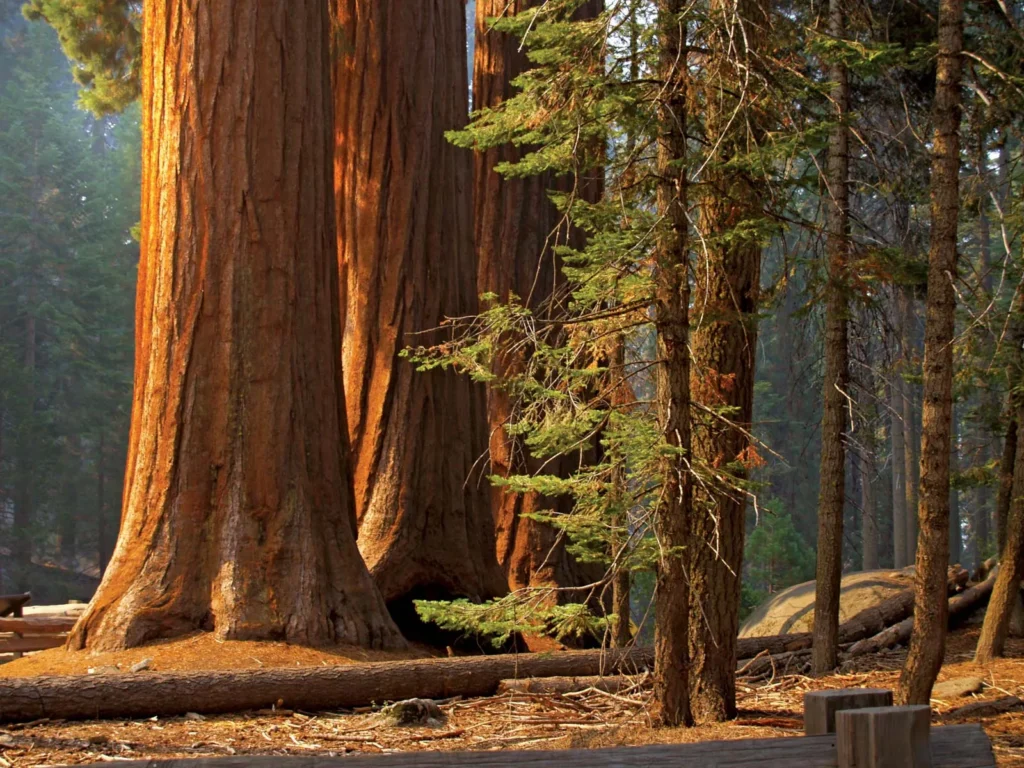
Giant sequoias, those huge trees from California’s Sierra Nevada mountains, can be an exciting addition to your yard or garden. These trees grow incredibly tall, over 300 feet, and live for thousands of years. Before planting them, there are important things to consider. First, they need a lot of space, enough sunlight, and soil that drains well. You should also think about the local weather.
They like mild temperatures and don’t do well in hot or cold areas. Keep in mind that giant sequoias grow big over time, so make sure you have enough room. Caring for them means watering regularly and protecting them from bugs and diseases. If you’re up for the challenge, watching a giant sequoia grow can be truly amazing.
Legal Aspects of Growing Giant Sequoia
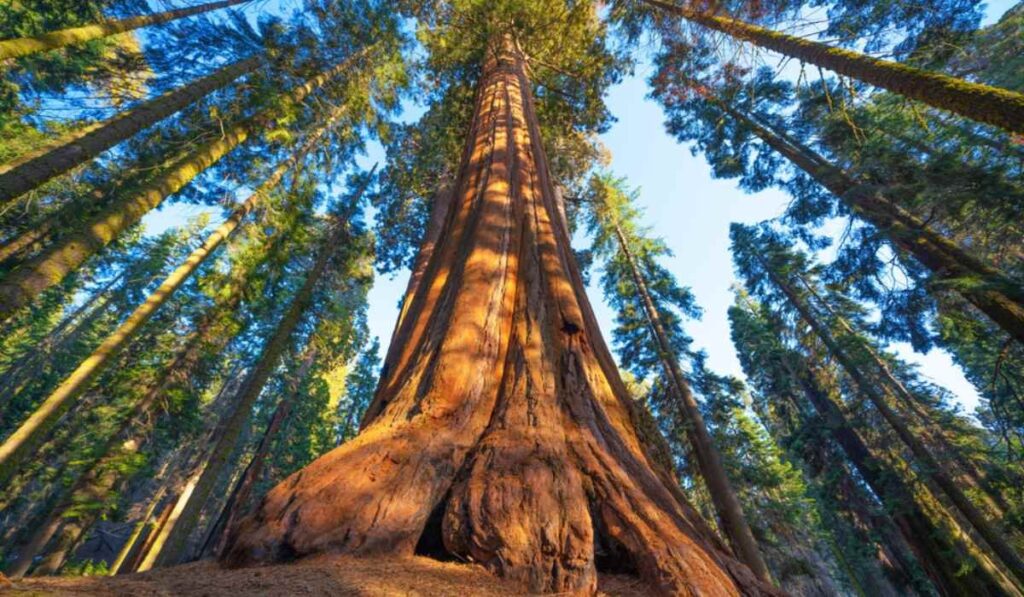
1. Location Matters
When you want to plant giant sequoia trees, consider where you live first. If you’re in California, where these trees naturally grow, it’s easier to plant them. But if you live somewhere else, there might be stricter rules to follow. California is like their home base, so planting them there is a breeze. But in other areas, you might need to follow more rules and regulations.
So, the location you pick matters regarding these big trees. Before you start planting sequoias, you must check the rules and guidelines in your area. Make sure you understand what’s required. It’s like reading a map before going on a trip. Knowing the rules will help you have success with your giant sequoias and avoid any problems down the road.
2. Endangered Species Act
Giant sequoias in California aren’t on the endangered list, but they’re seen as sensitive species by a CESA law. This means they need extra protection, even if they’re not about to disappear forever. Under CESA, there are clear rules to care for these big trees and their homes.
So, if you’re thinking about planting giant sequoias in California, or if you already have them, you might need special permissions. These permissions are there to make sure you’re following CESA’s guidelines and helping keep these amazing trees safe for the future.
3. Local Ordinances and Zoning Laws
Whether you can plant giant sequoias in your yard depends on the local rules. Some places have specific rules about the types of trees you can plant. Especially if they’re not naturally found there. So, it’s crucial to ask your local government or city officials before you start planting giant sequoias. They can let you know if there are any restrictions or if you need a special permit.
It’s essential to ensure you’re following the rules and taking care of your new trees without any problems. Knowing what’s allowed in your neighborhood is always a good idea. It helps keep your yard and the environment in good shape. If you check with your local officials, you can avoid any hassles or fines later on.
4. Invasive Species Concerns
In places where giant sequoia trees aren’t from, people might worry that they could cause trouble for the local environment. These big trees could spread too much and harm the native plants and animals. So, in some areas, they have rules to stop people from planting giant sequoias.
This helps protect the local nature from being messed up by these non-local trees. It’s important to ensure that all the plants and animals in an area can live together without one group taking over and causing problems for the others.
5. Private vs. Public Land
Growing giant sequoia trees has different rules, depending on whether you’re planting them on your land or public land. In public places, such as national parks or forests, there are separate rules and steps you must follow to plant or move these big trees.
In public areas where these trees are often protected, planting giant sequoias isn’t as simple as on your land. These places have their own special rules and requirements. This helps make sure the natural surroundings and these amazing trees are taken care of for the future.
Conclusion
It’s not usually illegal to grow giant sequoia trees, but there are some important rules to follow. Giant sequoias are amazing and huge trees, and they are protected in some places. So, it’s essential to check with your local authorities before you start planting them. In many places, you can plant and grow these trees in your yard without any problem.
Ensure they have enough space to grow big and strong without causing harm to buildings or other plants. Giant sequoias are precious, and we should take care of them. So, as long as you follow the rules and guidelines, you can enjoy watching your giant sequoia grow without worrying about it being illegal.
Be sure to check out these other posts for more information and insights on growing and caring for giant sequoia trees:

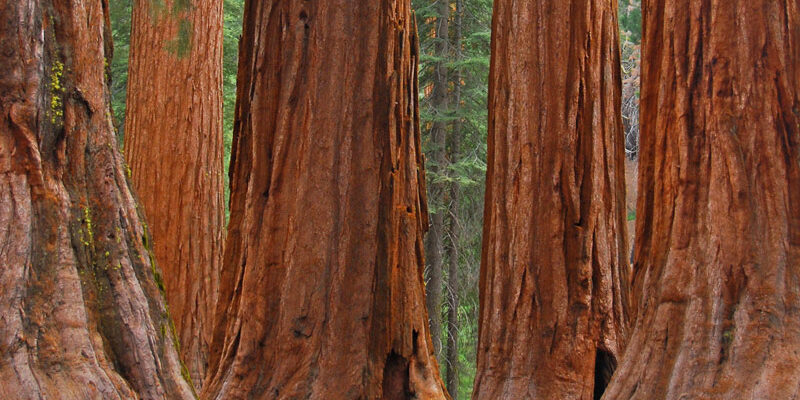





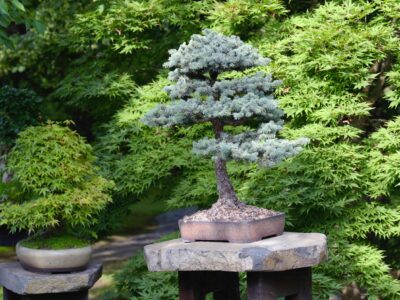
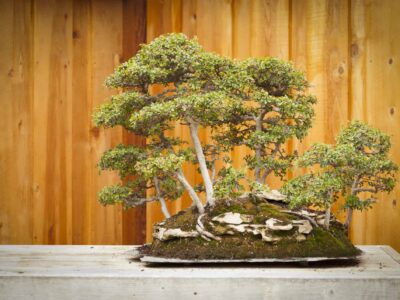


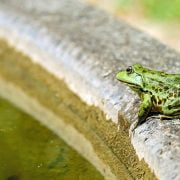


Comments